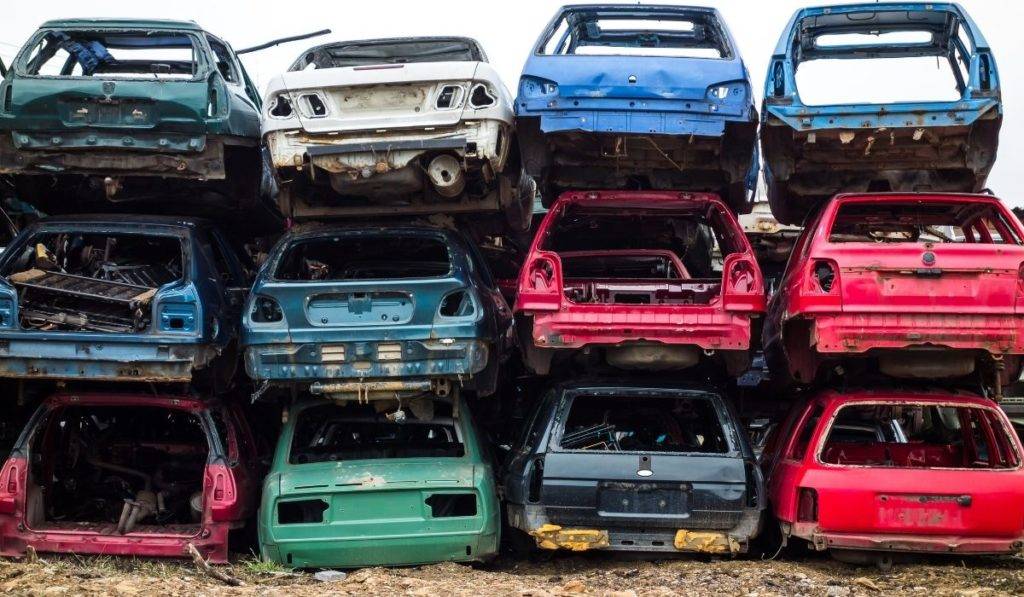Is your vehicle at the end of its rope, but you aren’t sure what next steps are? Keep reading to learn everything you need to know about end-of-life vehicles and what the current rules and regulations are for registering them.
What Qualifies As An End-Of-Life Vehicle?
An end-of-life vehicle (ELV for short) is a vehicle that is classified as waste. The vehicle itself, as well as the individual components, are all viable for the de-pollution and recycling process. There are two separate categories for ELVs:
- Natural – this occurs when a vehicle has reached the end of its life and no longer functions according to government guidelines. This is generally unavoidable and can be expedited or delayed based on how the vehicle has been treated through its lifetime.
- Premature – as the name suggests, this is a vehicle that has been written-off and no longer fit for purpose. This could happen for several reasons. If the car is damaged and beyond repair, it’ll be written off. If it can’t fulfil its purpose, it’s classified as waste. In some cases, these ELVs can be resold if repairs are possible, but most will be dismantled for scraps parts.
Vehicle De-Pollution & Recycling
Once your vehicle has been dubbed an ELV, it’s taken through the de-pollution and recycling process. Lawfully, this must be done at a certified authorised treatment facility (ATF). ELVs are classified as hazardous waste, and thus are subject to strict legislative policies and directives before they can be dismantled. An ATF is the only place that has the proper facilities and equipment to lawfully depollute vehicle waste.
The depollution process involves removing all hazardous materials from your vehicle. Any salvageable parts will also be removed. Examples include batteries, oils and tyres. If these are not properly dealt with before the vehicle is recycled, they can cause irreparable harm to the eco-system and local water supplies. Thankfully, these toxic materials can also be recycled and reused, but only when put through the correct channels.
Once the hazardous waste has been dealt with, the vehicle can be safely broken down and recycled.

End-Of-Life Policies & Directives
Car manufacturers are held liable to produce certain results annually. The current figures are 95 percent recovery and 85 percent recycling, but ATFs are also responsible for meeting these targets with vehicles in their possession. These policies exist to protect the environment from hazardous waste. As mentioned before, motor vehicles have components that are harmful if released into the environment, so these directives were established to prevent excess waste filtering into the eco-system. Over one million vehicles are categorised as ELVs a year. If incorrectly handled before they’re recycled, the scope of damage would be massive. This is why it’s critical to follow the legislated procedure at a registered ATF.
Dispose Of Your ELV With Ammanford Recycling
If you’re looking for a licensed authorised treatment facility to scrap your ELV, get in touch with Ammanford Recycling today. You can have confidence in our car-scrapping methods and ethical treatment of your vehicle. We’ll dispose of your vehicle in an environmentally-conscious way. For any questions or queries, contact us to speak to a member of our team.
